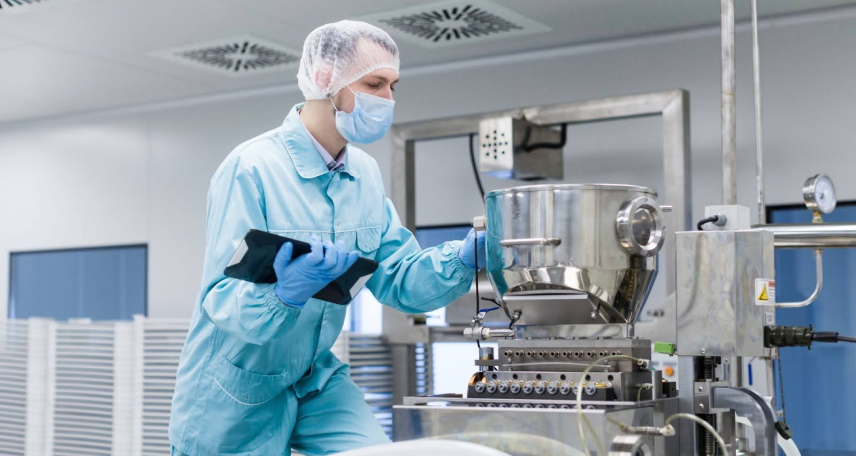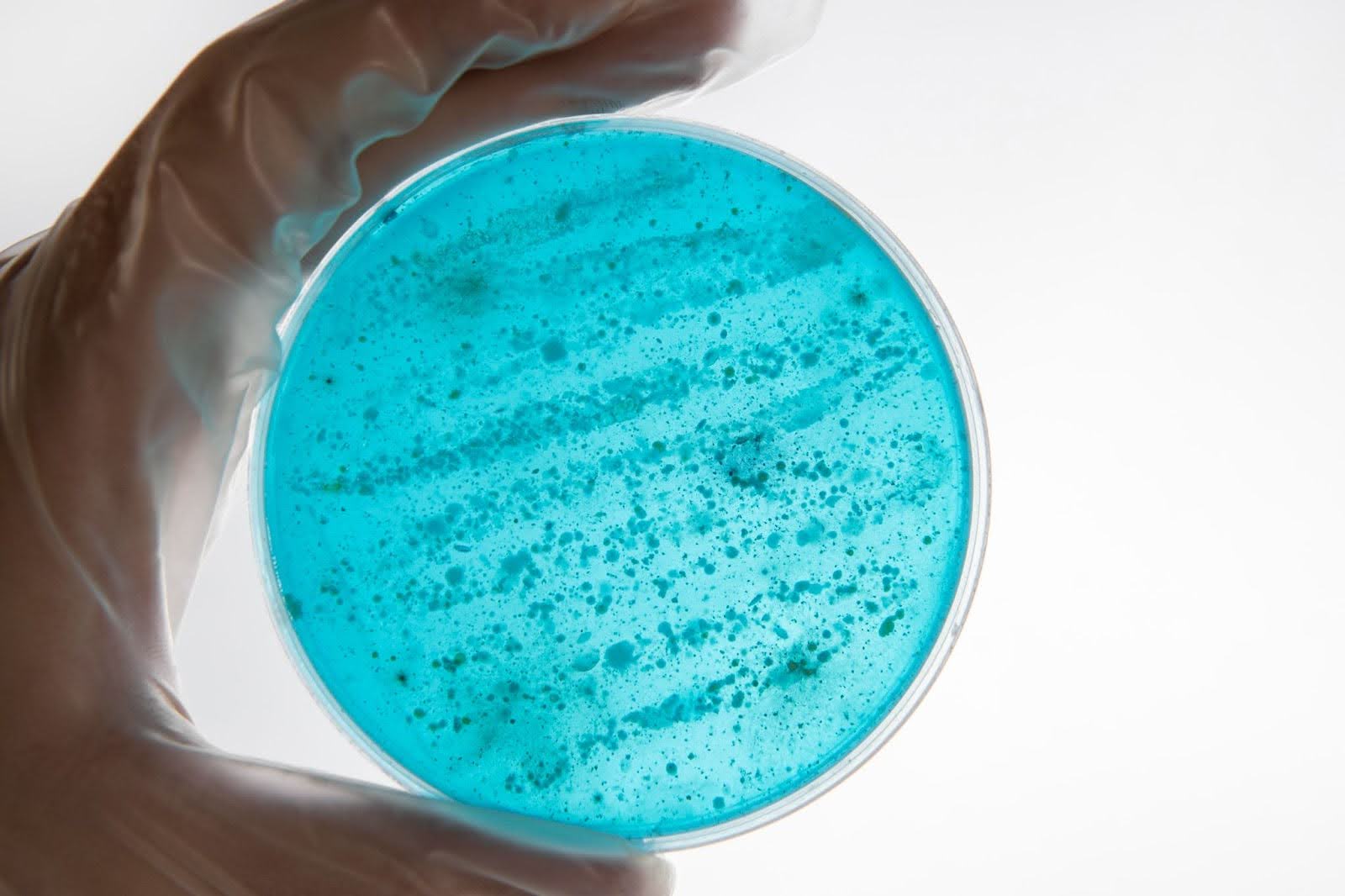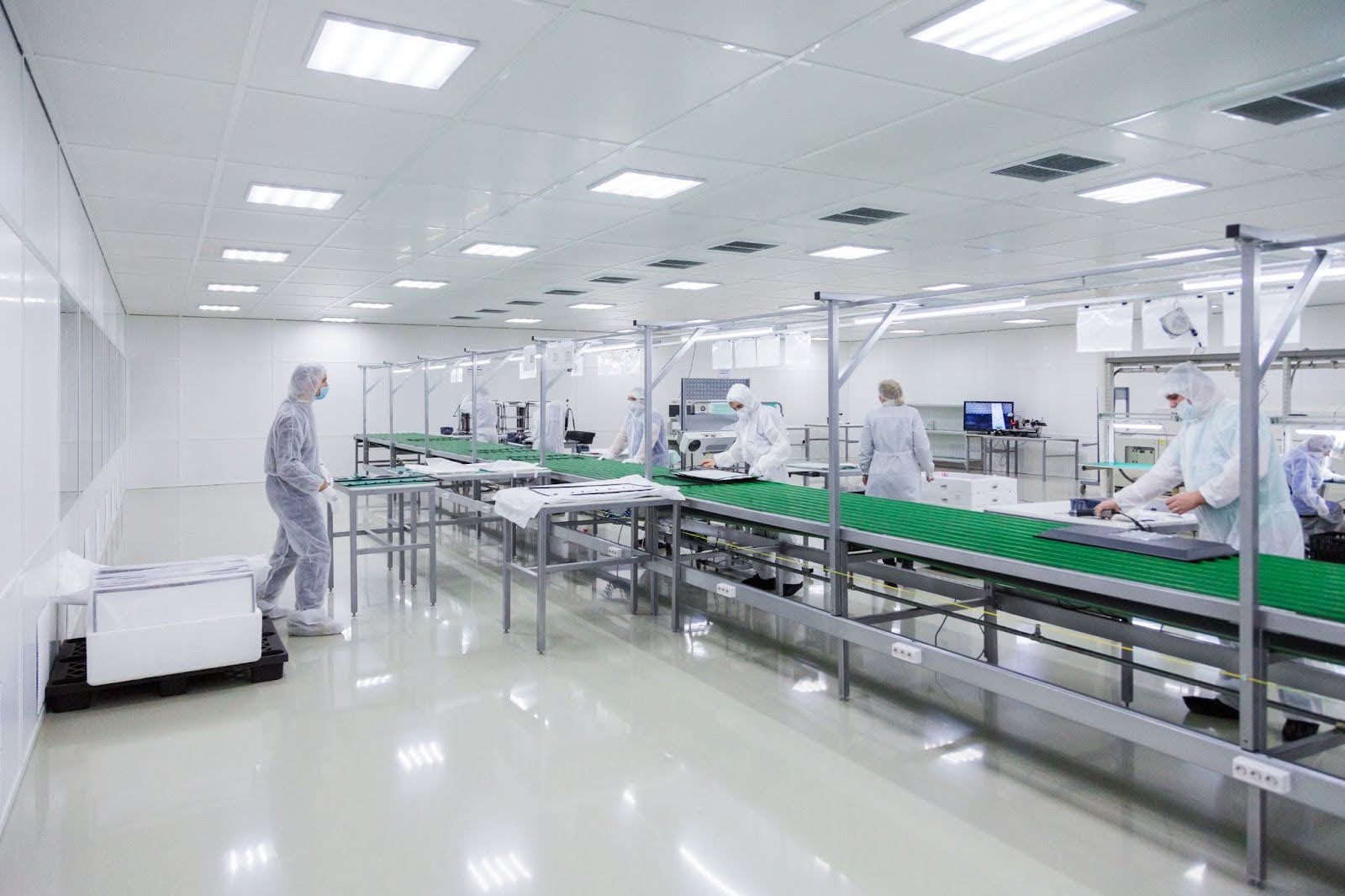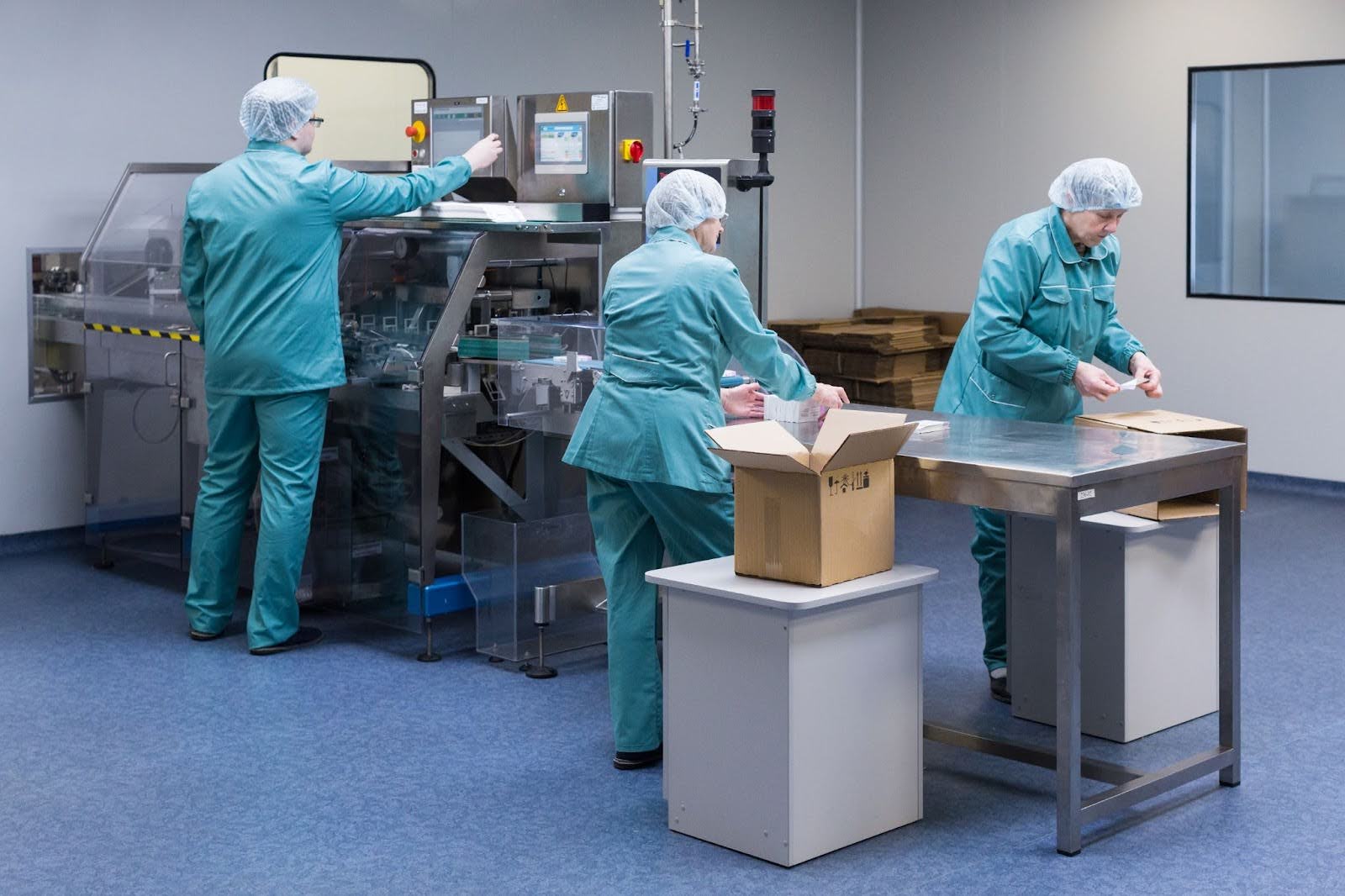by Mrudula Kulkarni
9 minutes
ATMP Manufacturing and CCS: Ensuring Sterility Assurance in Small-Batch Isolators
Learn how isolators and CCS strengthen sterility assurance in ATMP production with precision and compliance.

In the rapidly advancing world of Advanced Therapy Medicinal Products (ATMPs), maintaining sterility assurance isn’t just a compliance requirement—it’s the line that separates a life-saving cell therapy from a compromised batch.
If you’re in pharmaceutical manufacturing, you already know that ATMPs are redefining how we approach sterility control. The small-batch, high-value nature of these therapies demands precision, consistency, and confidence at every stage.
That’s where Closed Containment Systems (CCS) and small batch isolators are changing the game. Comprehensive nonviable particle monitoring in aseptic environments ensures that CCS performance aligns with ISO-classified air cleanliness requirements for ATMP suites
Let’s unpack what this means for your facility—and how you can strengthen your sterility assurance strategy without compromising productivity.
Why ATMPs Demand a Different Sterility Mindset?
ATMPs—encompassing cell and gene therapies, tissue-engineered products, and somatic cell therapies—are produced in small batches with limited scalability. Each batch often represents a unique patient or a small cohort, which makes any contamination event a major setback both clinically and financially.
Unlike conventional biologics, ATMP manufacturing involves open manipulations, multiple manual interventions, and variable starting materials such as patient-derived cells. These factors amplify contamination risks. Insights from Grade A/B cleanroom excursion investigations help identify recurring contamination drivers relevant to small-batch ATMP isolators.
“In ATMPs, every manual touchpoint is a potential contamination gateway,” notes Dr. Elisa Marino, Sterility Assurance Specialist at BioManufacture Europe. “You can’t rely solely on environmental monitoring; you need total process containment.”
This is where Closed Containment Systems (CCS)—specifically small batch isolators—come into play. Even with CCS, surface monitoring in pharmaceutical cleanrooms remains essential to validate cleaning effectiveness on isolator gloves and work surfaces.
The Rise of Closed Containment Systems (CCS)
A Closed Containment System creates a physical and aerodynamic barrier between operators and the product. It ensures Grade A conditions inside the chamber, even when the surrounding environment is Grade D or lower.
In simpler terms, CCS minimizes the human factor—still the biggest source of contamination in aseptic manufacturing.
According to Annex 1 (2023), isolators and Restricted Access Barrier Systems (RABS) are now considered the preferred choice for aseptic processing. The updated guideline emphasizes risk-based control strategies and designing sterility assurance into the system, rather than relying on end-product testing.
So, if your facility is manufacturing small-batch ATMPs, integrating an isolator-based CCS is not just a regulatory checkbox—it’s an operational advantage. Integrating the microbiologists’ role in HACCP-based sterility assurance approach enhances CCS risk identification and process validation accuracy.
Why Small Batch Isolators Are Ideal for ATMP Production?
ATMP manufacturing typically involves low throughput but high variability. Each batch might require unique environmental parameters, equipment setup, or aseptic manipulations.
Small batch isolators address these challenges by combining flexibility, control, and contamination security. Existing facilities can adapt through a brownfield CCS modernization strategy that upgrades legacy cleanrooms to isolator-compatible designs.
Here’s why they’re gaining traction in ATMP facilities:
- Enhanced Containment Efficiency: Isolators maintain Grade A conditions with positive pressure, preventing ingress of contaminants even during operator interventions.
- Reduced Human Interference: Glove ports and automated systems minimize direct contact, lowering the risk of microbial or particulate contamination.
- Ease of Cleaning and Decontamination: Most isolators come with integrated VHP (Vaporized Hydrogen Peroxide) sterilization cycles that ensure rapid turnaround between batches.
- Scalability and Modularity: Small batch isolators are designed for modular setups—ideal for facilities scaling from clinical to commercial production.
- Regulatory Alignment: The EMA, FDA, and WHO all recognize CCS as compliant with cGMP Annex 1 and ISO 14644-7 standards for aseptic processing.
“Isolators give ATMP manufacturers what traditional cleanrooms can’t—repeatable sterility,” says Dr. Nathan Clark, Head of Containment Solutions at GenTech Systems. “They allow flexibility without sacrificing control.”
How to Integrate CCS Into Your ATMP Workflow?
Switching from open cleanroom setups to CCS requires careful planning, especially in a GMP environment. Here’s a roadmap to make the transition smoother:
1. Conduct a Process Risk Assessment (PRA)
Identify all open manipulations—media transfers, cell washing, vial filling, or cryopreservation steps. Each of these should be evaluated for contamination potential.
2. Choose the Right Isolator Design
Decide between positive pressure (for aseptic processing) or negative pressure (for potent or viral vectors) isolators depending on your product profile.
3. Validate the Decontamination Cycle
Ensure VHP cycle parameters achieve complete sporicidal activity (usually ≥6 log reduction) while maintaining material compatibility.
4. Integrate with Environmental Monitoring (EM)
A CCS doesn’t eliminate the need for environmental monitoring—it refocuses it.
Install particle counters, active air samplers, and surface monitoring points inside and around the isolator to maintain compliance with Annex 1.
5. Train Operators for Behavioral Precision
Even in a CCS, operator discipline matters. Glove handling, transfer procedures, and alarm response training must be part of your routine qualification cycle.
Sterility Assurance in Action: Linking CCS with Quality Systems
Sterility assurance in CCS-based ATMP manufacturing isn’t achieved through one-time qualification—it’s a continuous performance lifecycle.
Your sterility strategy should tie directly to your Quality Risk Management (QRM) framework. That includes:
- Routine integrity testing of gloves and isolator seals
- Rapid microbiological methods (RMM) for in-process control
- Ongoing EM trend analysis to detect deviations before they escalate
- Integrated data recording and audit trails for traceability and regulatory readiness
As Dr. Sarah Jefferies, QA Director at CellPharm UK, puts it: “Sterility assurance is not a batch-level activity—it’s a culture of vigilance built into every operational minute.”
The Future: Digitally Enabled Sterility Assurance
As ATMP manufacturing scales up, expect digital tools to augment sterility assurance within CCS environments.
Technologies like:
- Real-time airflow visualization systems
- AI-driven deviation alerts
- Digital batch records linked with CCS sensors
…are transforming how facilities monitor, document, and respond to contamination risks.
This digital-physical convergence ensures that sterility is not only maintained—but measured, visualized, and continuously improved.
Final Word
The road to sterility assurance in ATMPs is paved with innovation—and Closed Containment Systems are leading the way. As regulators, investors, and patients demand uncompromised product safety, it’s clear that small batch isolators aren’t just equipment—they’re enablers of trust.
Facilities adopting dual-temperature incubation techniques for cleanroom EM can further optimize microbial recovery and enhance trending accuracy across ATMP operations.
FAQs
1. What are ATMPs?
ATMPs (Advanced Therapy Medicinal Products) include gene therapies, cell therapies, and tissue-engineered products that use living cells or genetic material to treat or prevent diseases.
2. Why is sterility assurance critical in ATMPs?
Because ATMP batches are small, patient-specific, and high-value, even a single contamination event can invalidate an entire product and delay treatment.
3. How does a Closed Containment System (CCS) help?
A CCS isolates the product from the external environment, reducing contamination risks from human operators and ensuring consistent aseptic conditions.
4. What makes small batch isolators suitable for ATMP production?
They provide flexibility, easier cleaning, and superior contamination control—ideal for variable small-scale processes common in ATMP manufacturing.
5. Does CCS eliminate the need for environmental monitoring?
No. EM remains essential for process validation, risk assessment, and ongoing performance verification inside and outside the isolator.
6. Are isolators compliant with global regulations?
Yes. CCS-based isolators align with EU GMP Annex 1, FDA aseptic processing guidance, and ISO 14644 standards for aseptic control.




